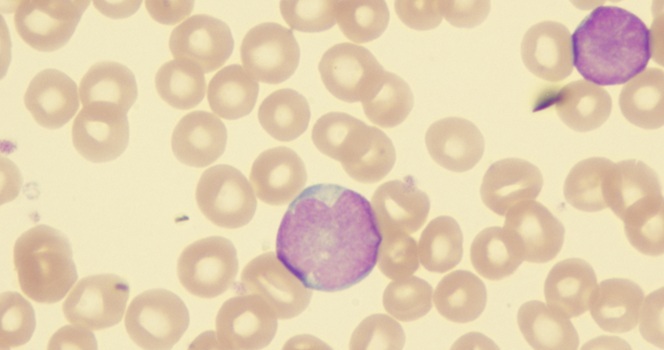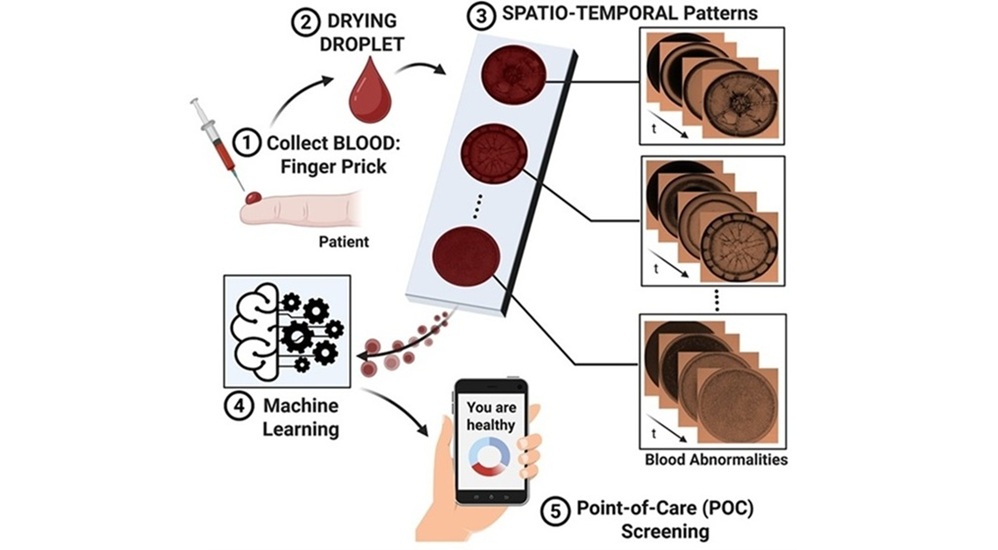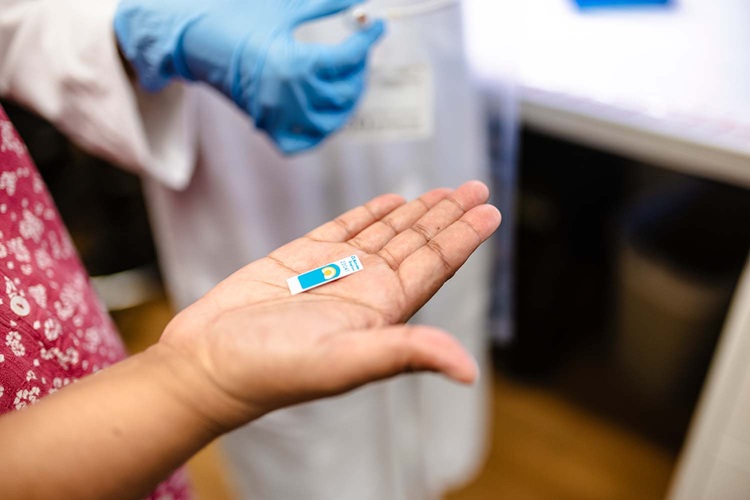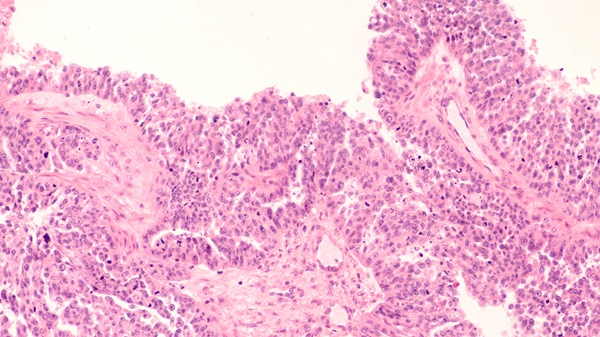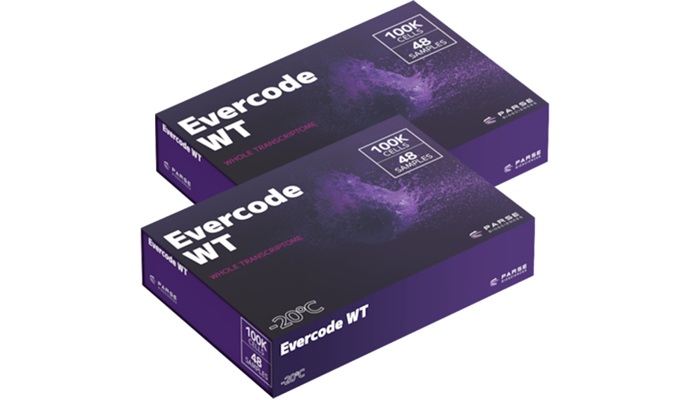Regulatory T Cells in Leprosy Maintain Anti-Inflammatory Function
|
By LabMedica International staff writers Posted on 10 Aug 2022 |
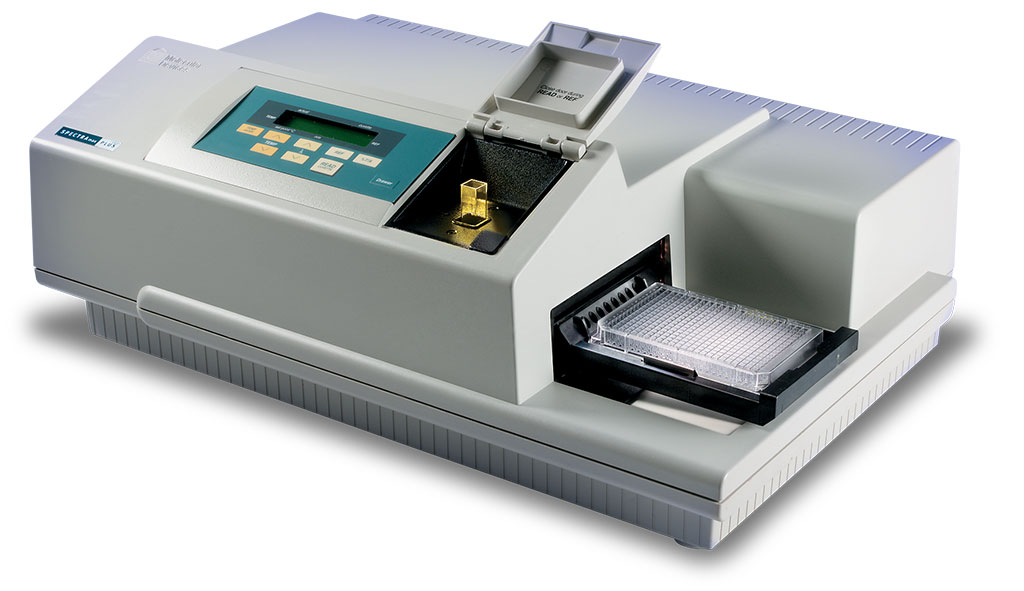
Leprosy is caused by Mycobacterium leprae, an intracellular acid-fast bacillus and is complicated by episodes of inflammation called leprosy reactions. Leprosy reactions are important causes of nerve damage and illness.
Erythema Nodosum Leprosum (ENL), also called type 2 reaction, is a severe systemic immune-mediated complication of borderline and lepromatous leprosy. ENL causes high morbidity and thus requires immediate medical attention. The numbers of circulating regulatory T cells (Tregs) are increased in lepromatous leprosy (LL) but reduced in ENL, the inflammatory complication of LL.
Clinical Scientists at the London School of Hygiene and Tropical Medicine (London, UK) working with their colleagues at the Armauer Hansen Research Institute (Addis Ababa, Ethiopia) recruited 60 untreated patients with lepromatous leprosy (30 patients with ENL reactions and 30 patients without ENL reactions) in Ethiopia to better understand the loss of immune regulation in ENL. They took blood samples at two time points before and after prednisolone treatment and assessed if the regulatory T-cells in these patients are functionally competent to control inflammation.
Frozen peripheral blood mononuclear cells (PBMC) were thawed, washed and incubated with 20μL of CD25 micro beads II, processed and added to a MS column attached to a Magnetic Cell Sorter (MACS) (Miltenyi Biotec, Bergisch Gladbach, Germany). Lymphocyte stimulation tests (LST) were performed. Supernatants were analyzed for cytokines using a Ready-Set-Go sandwich ELISA. Capture and biotinylated detection antibodies directed against IFN-γ, TNFα and IL-10 (Thermo Fisher Scientific, Altrincham, UK) were used employing 96-well flat-bottom polystyrene MaxiSorp ELISA plates. For all plates, the optical density (OD) at 450 nm was measured using a SpectraMax plus microplate reader (Molecular Devices, Wokingham, UK).
The investigators reported that the depletion of CD25+ cells from PBMCs was associated with enhanced TNFα and IFNγ responses to M. leprae stimulation before and after 24 weeks treatment of LL with multidrug therapy (MDT) and of ENL with prednisolone. The addition of autologous CD25+ cells to CD25+ depleted PBMCs abolished these responses. In both non-reactional LL and ENL groups mitogen (PHA)-induced TNFα and IFNγ responses were not affected by depletion of CD25+ cells either before or after treatment. Depleting CD25+ cells did not affect the IL-10 response to M. leprae before and after 24 weeks of MDT in participants with LL.
The depletion of CD25+ cells was associated with an enhanced IL-10 response on stimulation with M. leprae in untreated participants with ENL and reduced IL-10 responses in treated individuals with ENL. The enhanced IL-10 in untreated ENL and the reduced IL-10 response in prednisolone treated individuals with ENL were abolished by addition of autologous CD25+ cells.
The authors concluded that their findings confirmed that T cell unresponsiveness in LL is M. leprae antigen specific and can be reversed after treatment of LL with MDT or by depleting Tregs. The study has shown that Tregs cells do not affect the IL-10 response to M. leprae in individuals with LL. They have also shown that the suppressive function of Tregs in ENL is very likely intact. The pathogenesis of ENL is apparently associated with decreased number of Tregs, but not with loss of function. The study was published on July 22, 2022 in the journal PLOS Neglected Tropical Diseases.
Related Links:
London School of Hygiene and Tropical Medicine
Armauer Hansen Research Institute
Miltenyi Biotec
Thermo Fisher Scientific
Molecular Devices
Latest Immunology News
- New Test Distinguishes Vaccine-Induced False Positives from Active HIV Infection
- Gene Signature Test Predicts Response to Key Breast Cancer Treatment
- Chip Captures Cancer Cells from Blood to Help Select Right Breast Cancer Treatment
- Blood-Based Liquid Biopsy Model Analyzes Immunotherapy Effectiveness
- Signature Genes Predict T-Cell Expansion in Cancer Immunotherapy
- Molecular Microscope Diagnostic System Assesses Lung Transplant Rejection
- Blood Test Tracks Treatment Resistance in High-Grade Serous Ovarian Cancer
- Luminescent Probe Measures Immune Cell Activity in Real Time
- Blood-Based Immune Cell Signatures Could Guide Treatment Decisions for Critically Ill Patients
- Novel Tool Predicts Most Effective Multiple Sclerosis Medication for Patients
- Companion Diagnostic Test for CRC Patients Identifies Eligible Treatment Population
- Novel Tool Uses Deep Learning for Precision Cancer Therapy
- Companion Diagnostic Test Identifies HER2-Ultralow Breast Cancer and Biliary Tract Cancer Patients
- Novel Multiplex Assay Supports Diagnosis of Autoimmune Vasculitis
- Blood Test Predicts Immunotherapy Efficacy in Triple-Negative Breast Cancer
- Simple Genetic Testing Could Predict Treatment Success in Multiple Sclerosis Patients
Channels
Clinical Chemistry
view channel
Chemical Imaging Probe Could Track and Treat Prostate Cancer
Prostate cancer remains a leading cause of illness and death among men, with many patients eventually developing resistance to standard hormone-blocking therapies. These drugs often lose effectiveness... Read more
Mismatch Between Two Common Kidney Function Tests Indicates Serious Health Problems
Creatinine has long been the standard for measuring kidney filtration, while cystatin C — a protein produced by all human cells — has been recommended as a complementary marker because it is influenced... Read moreMolecular Diagnostics
view channel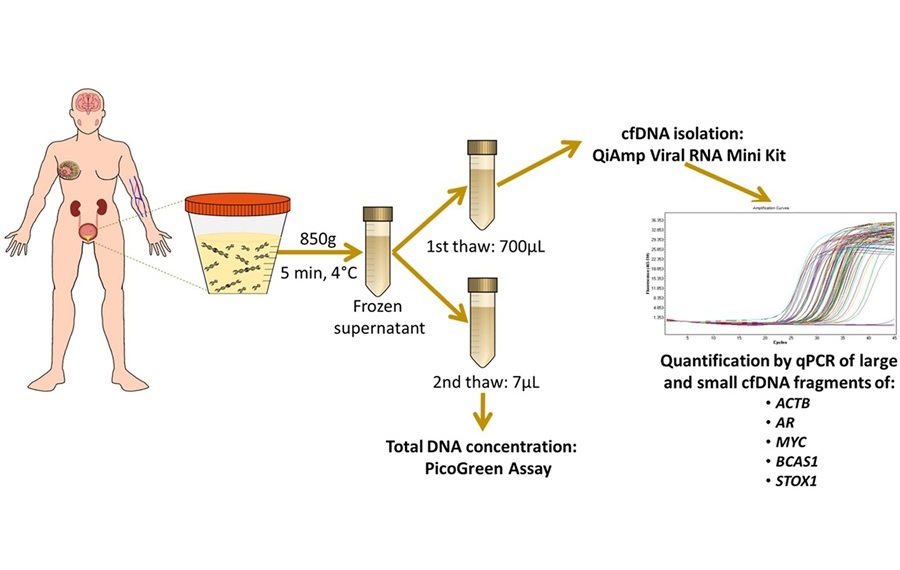
Simple Urine Test to Revolutionize Bladder Cancer Diagnosis and Treatment
Bladder cancer is one of the most common and deadly urological cancers and is marked by a high rate of recurrence. Diagnosis and follow-up still rely heavily on invasive cystoscopy or urine cytology, which... Read more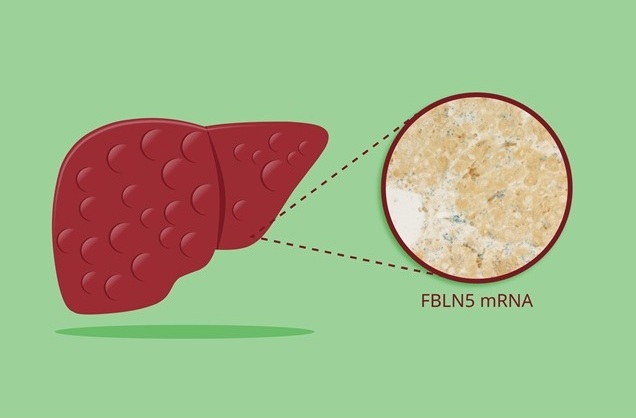
Blood Test to Enable Earlier and Simpler Detection of Liver Fibrosis
Persistent liver damage caused by alcohol misuse or viral infections can trigger liver fibrosis, a condition in which healthy tissue is gradually replaced by collagen fibers. Even after successful treatment... Read moreHematology
view channel
Platelet Activity Blood Test in Middle Age Could Identify Early Alzheimer’s Risk
Early detection of Alzheimer’s disease remains one of the biggest unmet needs in neurology, particularly because the biological changes underlying the disorder begin decades before memory symptoms appear.... Read more
Microvesicles Measurement Could Detect Vascular Injury in Sickle Cell Disease Patients
Assessing disease severity in sickle cell disease (SCD) remains challenging, especially when trying to predict hemolysis, vascular injury, and risk of complications such as vaso-occlusive crises.... Read more
ADLM’s New Coagulation Testing Guidance to Improve Care for Patients on Blood Thinners
Direct oral anticoagulants (DOACs) are one of the most common types of blood thinners. Patients take them to prevent a host of complications that could arise from blood clotting, including stroke, deep... Read moreMicrobiology
view channel
Rapid Diagnostic Test Matches Gold Standard for Sepsis Detection
Sepsis kills 11 million people worldwide every year and generates massive healthcare costs. In the USA and Europe alone, sepsis accounts for USD 100 billion in annual hospitalization expenses.... Read moreRapid POC Tuberculosis Test Provides Results Within 15 Minutes
Tuberculosis remains one of the world’s deadliest infectious diseases, and reducing new cases depends on identifying individuals with latent infection before it progresses. Current diagnostic tools often... Read more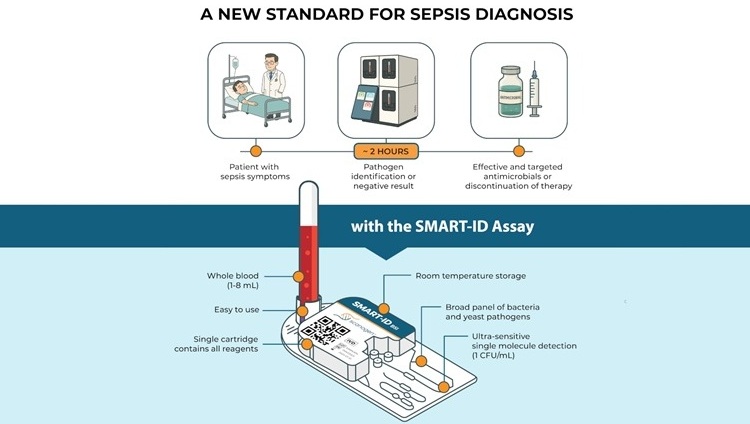
Rapid Assay Identifies Bloodstream Infection Pathogens Directly from Patient Samples
Bloodstream infections in sepsis progress quickly and demand rapid, precise diagnosis. Current blood-culture methods often take one to five days to identify the pathogen, leaving clinicians to treat blindly... Read morePathology
view channel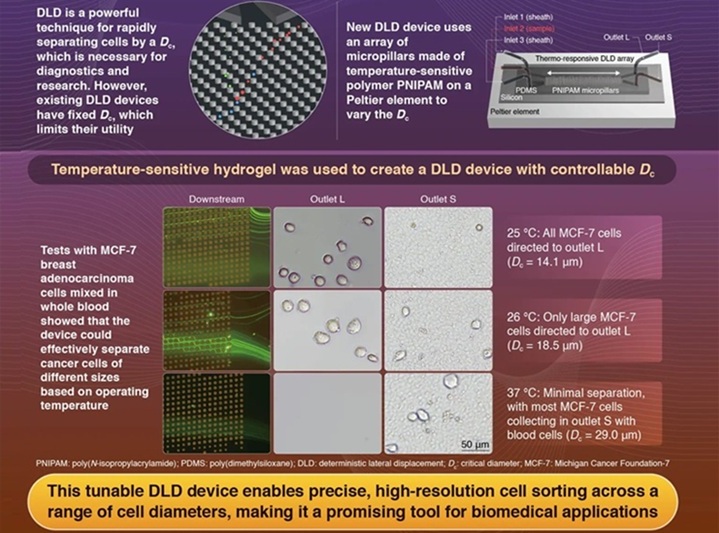
Tunable Cell-Sorting Device Holds Potential for Multiple Biomedical Applications
Isolating rare cancer cells from blood is essential for diagnosing metastasis and guiding treatment decisions, but remains technically challenging. Many existing techniques struggle to balance accuracy,... Read moreAI Tool Outperforms Doctors in Spotting Blood Cell Abnormalities
Diagnosing blood disorders depends on recognizing subtle abnormalities in cell size, shape, and structure, yet this process is slow, subjective, and requires years of expert training. Even specialists... Read moreTechnology
view channel
Artificial Intelligence Model Could Accelerate Rare Disease Diagnosis
Identifying which genetic variants actually cause disease remains one of the biggest challenges in genomic medicine. Each person carries tens of thousands of DNA changes, yet only a few meaningfully alter... Read more
AI Saliva Sensor Enables Early Detection of Head and Neck Cancer
Early detection of head and neck cancer remains difficult because the disease produces few or no symptoms in its earliest stages, and lesions often lie deep within the head or neck, where biopsy or endoscopy... Read moreIndustry
view channel
Abbott Acquires Cancer-Screening Company Exact Sciences
Abbott (Abbott Park, IL, USA) has entered into a definitive agreement to acquire Exact Sciences (Madison, WI, USA), enabling it to enter and lead in fast-growing cancer diagnostics segments.... Read more













